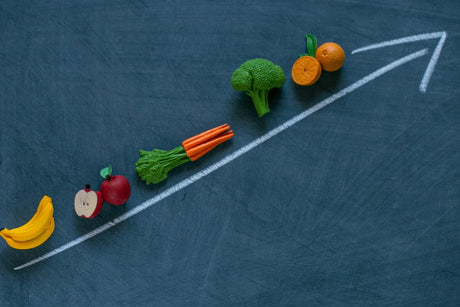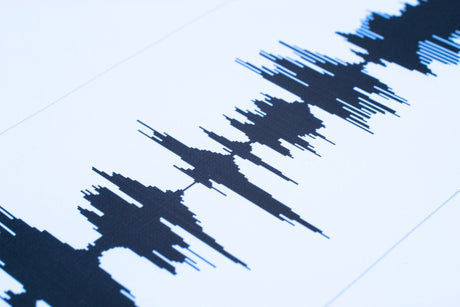What is Espresso Distribution and Tamping
In previous articles, we have discussed retained grounds and purging a small quantity of stale coffee if your equipment has been idle for many hours.
We have also discussed how channelling was one of the most common and least understood causes of sub-standard espresso extraction.
Some afternoons, when I finally sit at my desk, I answer the phone and help customers navigate tricky issues plaguing their coffee preparation technique.
Sometimes, there's an A-HA moment when the penny drops, and they go away and try something different - mostly, it's just a simple idea or advice, but it can make a world of difference.
One particular habit (I will call it a bad habit) regularly popping up is heavy tamping of the coffee, often emerging from a question the customer asks about the correct tamp pressure.
Maybe I've been making coffee for too long, but it's always strange when someone asks how hard I should be tamping.
Generally, the elephant tampers ask the question (you know who you are - guilty of applying too much pressure), but in fairness, most heavy tamping cases are from witnessing theatrical baristas go through the motions with exaggeration.
Tamping also needs something else besides pressing the tamper on a pile of freshly ground coffee particles.
It's often unknown or overlooked by many aspiring baristas - distribution of the grounds.
Distribution is the most influential element in the dosing and tamping stage of preparing your portafilter for espresso extraction.
Paving your yard or driveway helps ensure an even and consistent material spread across the entire area before applying pressure.
When coffee beans are too fresh, the humidity is high, or the grind setting is too fine, the resulting grounds may appear in small clumps as they fall into the portafilter from your grinder.
At this stage, if you don't try to distribute the coffee and break up the clumps by tapping on the side or using dosing tools when you apply tamp pressure, it's almost inevitable that some level of compaction will occur and lead to channelling when espresso extracts.
Tamp pressure does not need to be heavy, and it will depend on the type of tamper you use and its fit relative to the filter basket.
Throw away those plastic tampers and look for a snug-fitting metal tamper with a preferably flat base that allows you to cover the basket diameter completely.
If your tamper is too small, even by just 0.5mm, you will likely experience some degree of channelling around the outer circumference of the portafilter.
Some leading baristas use a light pressure nutation action in a rocking motion of the tamper around the axis of rotation like a gyroscope.
It helps pack the coffee grounds around the outer circumference of the portafilter before applying a level tamp and can help reduce channelling.
In all cases here, I'm urging you to use light pressure - the weight of the tamper so that the grounds do not become "compacted" in areas.
A slight twist as you finish (often called a polish) helps level off the top so it's not sloping on any edge.
There is no need to press too hard unless you have a grind and dose adjustment error, e.g. say the grind is too coarse - you can dose higher and push harder with the tamp to create a similar type of resistance to a finer grind setting (although that might read like I'm contradicting myself, it's a valid tactic to alter the resistance rapidly).
Remember, though, careful distribution and even tamp pressure are still required.
A great diagnostic tool for those seeking perfection in an espresso shot is a bottomless (or naked) portafilter.
With a naked, you can see the flow of water through the basket and identify in more detail potential improvements in the grind, dose, distribute and tamp techniques.
I like using my eyes and taste as the primary guides for espresso extraction.









